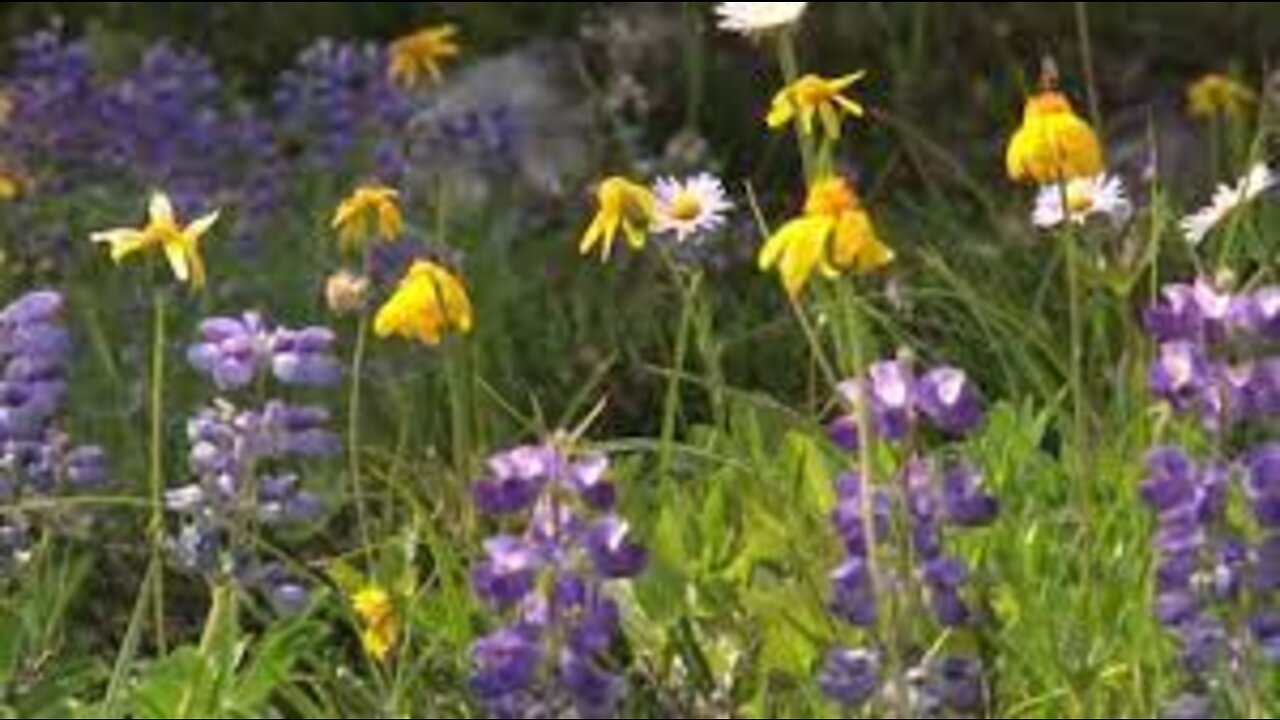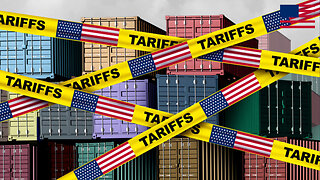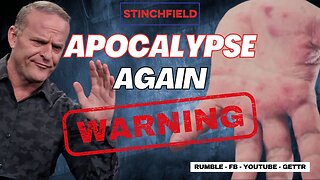Premium Only Content

Critical Loads Video Series: Herbaceous Plants
This video series looks at how air pollution, specifically excess nitrogen and sulfur deposition, affects species and ecosystems. It also highlights how land managers can use critical loads to assess ecosystem health and guide resource management decisions.
An ecosystem is a community of living and nonliving things. The plants, animals, air, water, soil, and sunlight all work together to create balanced, healthy ecosystems. These ecosystems are essential life-support systems for our own well-being and livelihoods. They provide us with vital goods and services, such as fish, timber, and clean water. To maintain a healthy ecosystem, land managers must be able to predict when and where environmental threats occur on the landscape.
Air pollution is one of these environmental threats. When pollutants containing nitrogen and sulfur are deposited to the environment as components of rain, snow, clouds, fog, gases, and fine particles, they can cause ecosystem harm. Scientists use the concept of critical loads to identify when an ecosystem, or a part of an ecosystem, begins to experience harm from this deposition.
The series includes seven videos:
• Air Pollution Effects on Ecosystems: What is a Critical Load and Why Does It Matter?
• Critical Loads: Lichens
• Critical Loads: Herbaceous Plants
• Critical Loads: Trees
• Critical Loads: Surface Waters—Part I
• Critical Loads: Surface Waters—Part II
• Air Quality and Healthy Ecosystems: Applying Critical Loads
https://odysee.com/@NewsTruth
https://www.bitchute.com/channel/kurtelliott/
https://www.youtube.com/channel/UCT1G-ZnZOipV8kNAZYXymSg
https://www.youtube.com/channel/UCiNFsoytAuun90UzU5AuxXg
https://www.patreon.com/user?u=26453564
https://twitter.com/KurtElliott8
-
 8:44
8:44
Kurt's News
1 month agoKimmel CRIES About Trump, Tapper Gets SCHOOLED on Pete Hegseth & Black Millionaire Claims Racism
63 -
 LIVE
LIVE
The Charlie Kirk Show
43 minutes agoTariffs and Trade Wars + Peace in Ukraine? + SOTU Preview | Carney, Schweizer | 3.4.25
4,131 watching -
 56:23
56:23
The Dan Bongino Show
3 hours agoThe Momentum Keeps Shifting (Ep. 2435) - 03/04/2025
468K476 -
 LIVE
LIVE
Benny Johnson
1 hour ago🚨Trump Attorney General Drops a New ‘TRUCKLOAD’ of Epstein Evidence | Kash FIRES FBI Head, Cover-Up
14,258 watching -
 59:30
59:30
The Rubin Report
1 hour agoMarco Rubio Destroys CNN Host’s Narrative with Facts in Only 1 Minute
36.2K26 -
 2:04:21
2:04:21
Steven Crowder
3 hours agoWhat Are Pam Bondi's Real Motivations? What It Means For The Epstein Files
328K184 -
 LIVE
LIVE
LFA TV
16 hours agoTARIFFS HAVE BEGUN! | LIVE FROM AMERICA 3.4.25 11AM
6,289 watching -
 LIVE
LIVE
Grant Stinchfield
1 hour agoBird Flu is Mutating & Now Measles! Big Pharma Wants you to Freak Out... Don't!
150 watching -
 LIVE
LIVE
The Dana Show with Dana Loesch
36 minutes agoTRUMP SUSPENDS UKRAINE AID | The Dana Show LIVE On Rumble!
474 watching -
 LIVE
LIVE
Flyover Conservatives
12 hours agoYou’ve Got Freaky Stuff in Your Body! Dr. Jason Dean Reveals How to Get It Out | FOC Show
394 watching